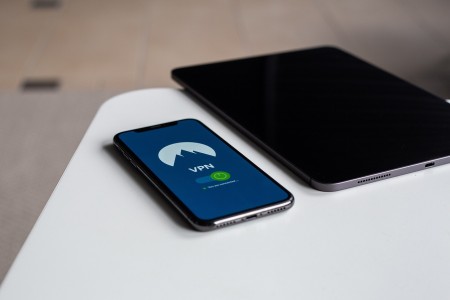Noise-cancelling earplugs have become essential tools for individuals seeking solace in a world filled with constant sound. Whether it’s the hum of city life, the clamor of an open office, or the disruptive noise of a partner’s snoring, these small devices offer a sanctuary of quiet. The evolution of earplug technology has led to innovations that not only reduce unwanted noise but also enhance user comfort and usability. This article delves into various aspects of noise-cancelling earplugs, exploring their benefits, technology, types, and the nuances that make them an indispensable accessory for many.
The technology behind noise-cancelling earplugs is fascinating. Active noise-cancelling (ANC) earplugs utilize microphones to pick up ambient sounds. They then generate sound waves that are the exact opposite, effectively canceling out the noise. This process requires precise engineering and sophisticated algorithms to ensure that the cancellation is effective across different frequencies. In contrast, passive noise-cancelling earplugs rely on physical barriers to block sound. They are often made from materials like foam or silicone, which conform to the ear canal, providing a snug fit that reduces noise levels.
When it comes to choosing noise-cancelling earplugs, users have a variety of options. Foam earplugs are popular for their affordability and ease of use. They expand to fill the ear canal, creating a tight seal that minimizes noise. Silicone earplugs offer a reusable option, often with a more comfortable fit. For those who prefer a more high-tech solution, electronic noise-cancelling earplugs are available. These devices can adjust their noise-cancellation capabilities based on the environment, providing tailored sound management.
Comfort is a crucial factor when selecting earplugs. Many users report discomfort with traditional earplugs after prolonged use. This has led manufacturers to focus on ergonomic designs that contour to the shape of the ear. Some earplugs come with customizable tips, allowing users to find the perfect fit for their ears. Additionally, lightweight materials help reduce the pressure inside the ear, making them suitable for long-term wear, whether during travel, work, or sleep.
The effectiveness of noise-cancelling earplugs can vary based on individual needs and environments. For instance, someone working in a noisy office may benefit from earplugs that specifically target mid-range frequencies, while a traveler on a plane may require those that can handle low-frequency sounds like engine noise. Understanding the specific noise environment is essential for selecting the right type of earplugs. Users should also consider the noise reduction rating (NRR) of earplugs, which indicates how much sound they can block.
In addition to their primary function of noise reduction, noise-cancelling earplugs can offer other benefits. For instance, they can improve focus and productivity in distracting environments. Studies have shown that reducing noise levels can enhance cognitive performance and decrease stress. Moreover, for individuals who suffer from anxiety or sensory overload, these earplugs can provide a much-needed retreat from overwhelming stimuli, contributing to overall well-being.
The market for noise-cancelling earplugs is rapidly evolving, with advancements in technology leading to new features. Some modern earplugs now include Bluetooth connectivity, allowing users to listen to music or take calls while still benefiting from noise cancellation. Others may offer app integration, enabling users to customize their listening experience and monitor their noise exposure levels. These innovations cater to a tech-savvy audience that seeks multifunctional devices.
While the benefits of noise-cancelling earplugs are significant, users should also be aware of potential drawbacks. For instance, prolonged use of earplugs can lead to earwax buildup or discomfort if not fitted correctly. Additionally, some users may find that they feel isolated from their surroundings, which can be disconcerting in certain situations. It is important to strike a balance between noise reduction and awareness of one’s environment, especially in public spaces.
As the demand for noise-cancelling solutions grows, ongoing research is vital to improving these devices. Future studies could focus on enhancing the comfort and effectiveness of earplugs, especially for specific populations like shift workers or those with sensory sensitivities. Innovations in materials and design can also lead to more sustainable options, addressing environmental concerns associated with disposable earplugs.
Noise-cancelling earplugs represent a remarkable intersection of technology and user experience. They provide a valuable service by enhancing comfort and focus in an increasingly noisy world. As research continues, there will likely be exciting developments that further improve their functionality and accessibility. For individuals seeking peace in their daily lives, noise-cancelling earplugs are a worthy investment that can significantly enhance quality of life.

